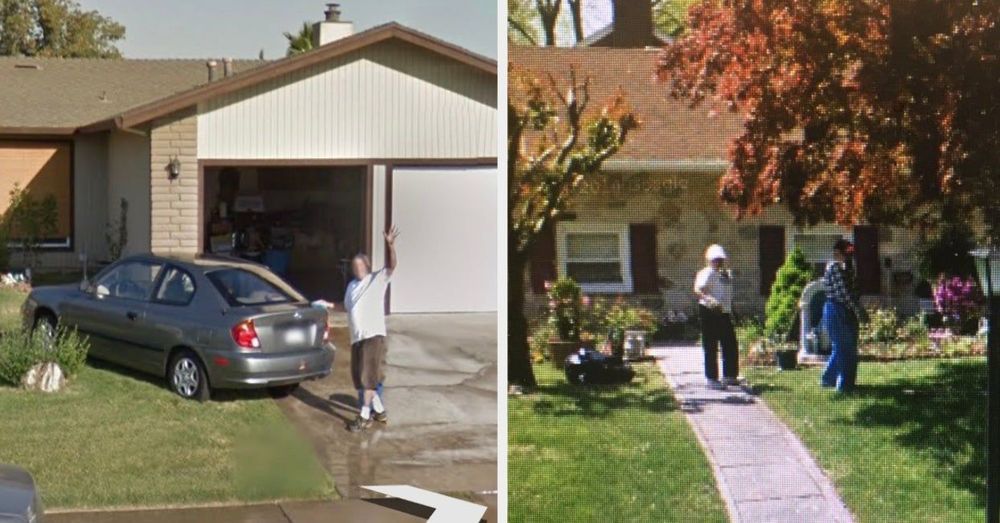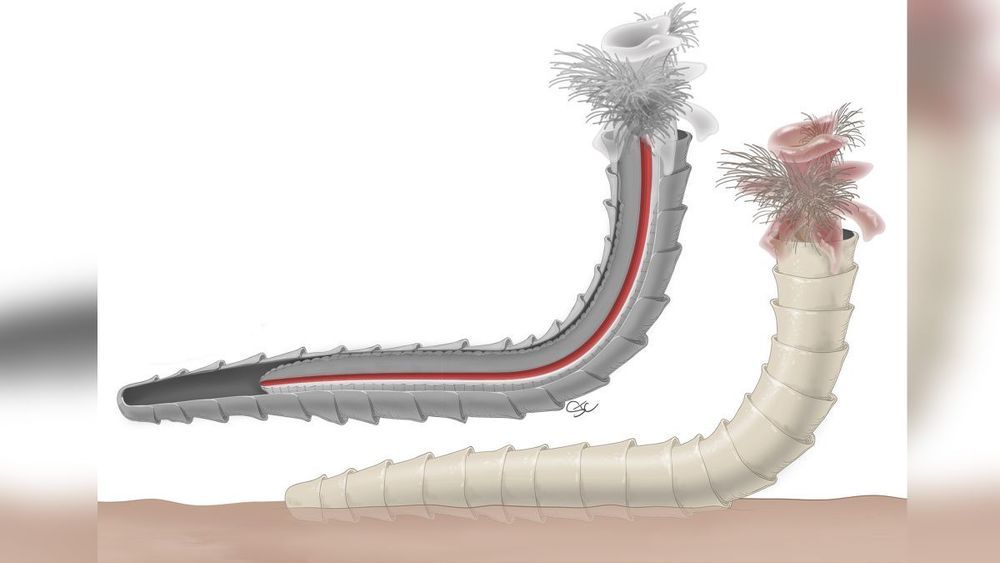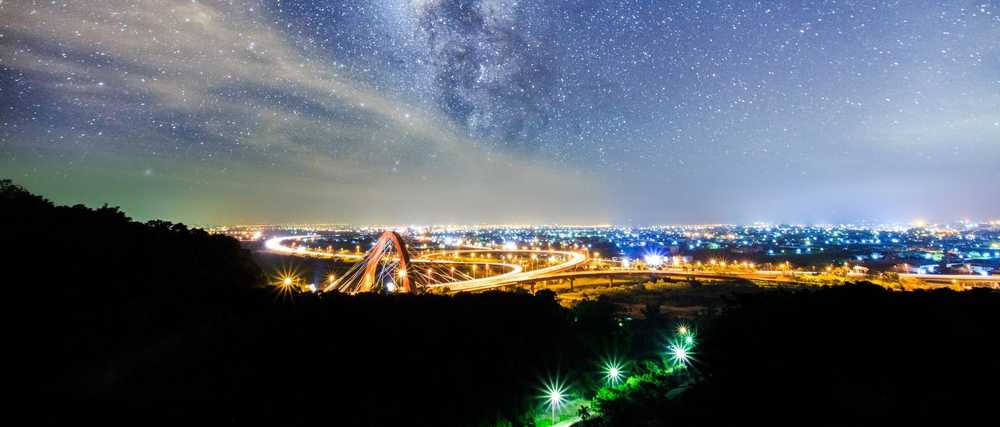O.O.
Tens of thousands were evacuated and tremors were felt in nearby villages amid an eruption of the country’s second-most-active volcano, the Taal, near Manila.



“It’s kind of like he’s still there, still waving, and it just makes me feel like he’s just still around.”
This smart mirror lets you virtually try on clothes, so you can live out your greatest hi-tech dreams.



Seeking Delphi podcast host Mark Sackler is joined by panelists Liz Parrish, Aubrey de Grey, David Wood and co-moderator Keith Comito to discuss scenarios for getting to—and dealing with—a post aging future.

